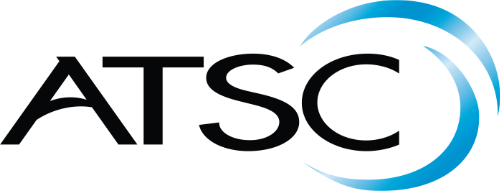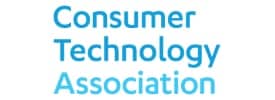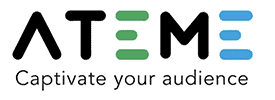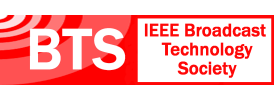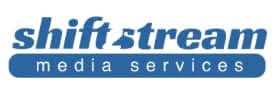- About
- Members
- Sponsors
- Subcommittees
- About Our Subcommittees
- Technology Group 3
- Implementation Team 1 – Advanced Emergency Information
- Implementation Team 2 – India
- Implementation Team 3 – ATSC 3.0 Conformance
- Implementation Team 4 – Brazil
- Implementation Team 5 – Tower Network
- Implementation Team 7 – Caribbean
- Implementation Team 8 – Automotive
- Planning Team 4 – Future Broadcast Ecosystem Technologies
- Planning Team 5 – Automotive Applications
- Planning Team 6 – Global Recognition of ATSC 3.0
- Planning Team 9 – Sustainability
- Technical Documents
- News
- Events
- Spotlight ATSC 3.0
- Contact Us
- Member Login
- Member Meetings
- Advanced Search
Search Site
Member Links
- About
- Members
- Sponsors
- Subcommittees
- About Our Subcommittees
- Technology Group 3
- Implementation Team 1 – Advanced Emergency Information
- Implementation Team 2 – India
- Implementation Team 3 – ATSC 3.0 Conformance
- Implementation Team 4 – Brazil
- Implementation Team 5 – Tower Network
- Implementation Team 7 – Caribbean
- Implementation Team 8 – Automotive
- Planning Team 4 – Future Broadcast Ecosystem Technologies
- Planning Team 5 – Automotive Applications
- Planning Team 6 – Global Recognition of ATSC 3.0
- Planning Team 9 – Sustainability
- Technical Documents
- News
- Events
- Spotlight ATSC 3.0
- Contact Us
- Member Login
- Member Meetings
- Advanced Search
Someone You Should Know
Posted on June 1, 2016 in ATSC News
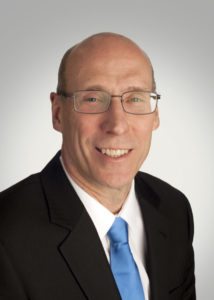 Triveni’s Corl Solves Puzzles for Broadcasters
Triveni’s Corl Solves Puzzles for Broadcasters
Mark Corl believes ATSC 3.0 provides new opportunities for the broadcast community to compete with other leading-edge IP (Internet Protocol) technologies and platforms.
“The current technology (now known as ATSC 1.0) is pretty old,” he says. “Broadcaster business models are very similar to what theyve been for 50 years, and those who succeed in the coming years will embrace new technology. They’re going to have to start thinking about how will they join in the effort. ATSC 3.0 not only allows broadcast to compete, but also helps people better interact with media.”
Corl has spent the majority of his career in computer sciences with nearly 35 years of experience in a variety of disparate application domains. For the past 17 years, he has committed his time and talents to the field of digital television.
As Senior Vice President of Emergent Technology Development at Triveni Digital, Corl has led both the GuideBuilder and StreamScope development efforts as well as custom projects such as the award-winning Fox network control system known as ANDES.
“Being able to apply systems and software to solve problems is very fulfilling,” he says.
Corl graduated from Bucknell in 1981 with a degree in mathematics and computer science when “technology was just starting to boom,” which only further heightened his interest in technology and computers.
Puzzle Master
“I’ve always been interested in puzzles, and computer science is just solving problems like a puzzle,” he says. “I really enjoy building software and leading teams to build software.”
Throughout his career, Corl has worked with large organizations such as Texas Instruments, Xerox Corporation, and Fox.
Now, along with his work at Triveni Digital, Corl is an active member of the ATSC standardization process contributing to various in-plant architecture and protocol definitions.
“The new standard in entirely based on IP and since we understand IP, we can get more involved with 3.0,” Corl explains. “The software that we have been doing for years aligns nicely with what ATSC is trying to do with 3.0. I can help in those areas because it’s stuff I have been working on for 20 years or more.”
Corl is focused not only on helping ATSC 3.0 take off, but on how it will benefit people interacting with media in the future.
“If it doesn’t allow broadcasters to extend to the next 15-20 years, it’s not doing its job,” says Corl of 3.0. “It must do things to meet business goals and make revenue for broadcasters. That’s what we really want to make sure of and that it can open the front door for more implementations down the road.”
Triathlon Training
Mark Corl is married with a step-daughter who works in media. He was an All-American swimmer in high school and played water polo in college. He continues his active lifestyle, today, swimming three times a week, running, and biking up to 50- 60 miles a day on the weekend, even eclipsing 130 miles some weekends in the summer.
As if ATSC 3.0 isn’t enough of an endurance competition, he is currently focused on training for and completing triathlons.
Posted in ATSC News
News Categories
News Archives
Subscribe
Subscribe to The Standard, our monthly newsletter. Learn More
Join ATSC
ATSC is a membership organization with both voting and observer categories. Voting members include corporations, nonprofit organizations, and government entities, and they participate actively in the work of ATSC. Observers are individuals or entities not eligible to be a voting member.
Subscribe to our Newsletter
Subscribe to The Standard, our monthly newsletter, to stay up-to-date with ATSC news and events around the world.
Site Links
Contact Us
Advanced Television Systems Committee, Inc.
1300 I Street NW, Suite 400E
Washington, DC 20005
Do you have questions about ATSC?
About ATSC
The Advanced Television Systems Committee, Inc., is an international, non-profit organization developing voluntary standards and recommended practices for digital terrestrial broadcasting. ATSC member organizations represent the broadcast, broadcast equipment, motion picture, consumer electronics, computer, cable, satellite, and semiconductor industries. ATSC also develops digital terrestrial broadcasting implementation strategies and supports educational activities on ATSC standards.
© 2024 ATSC
